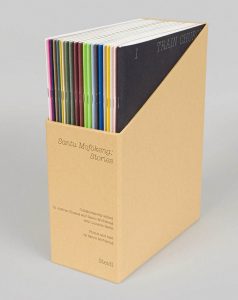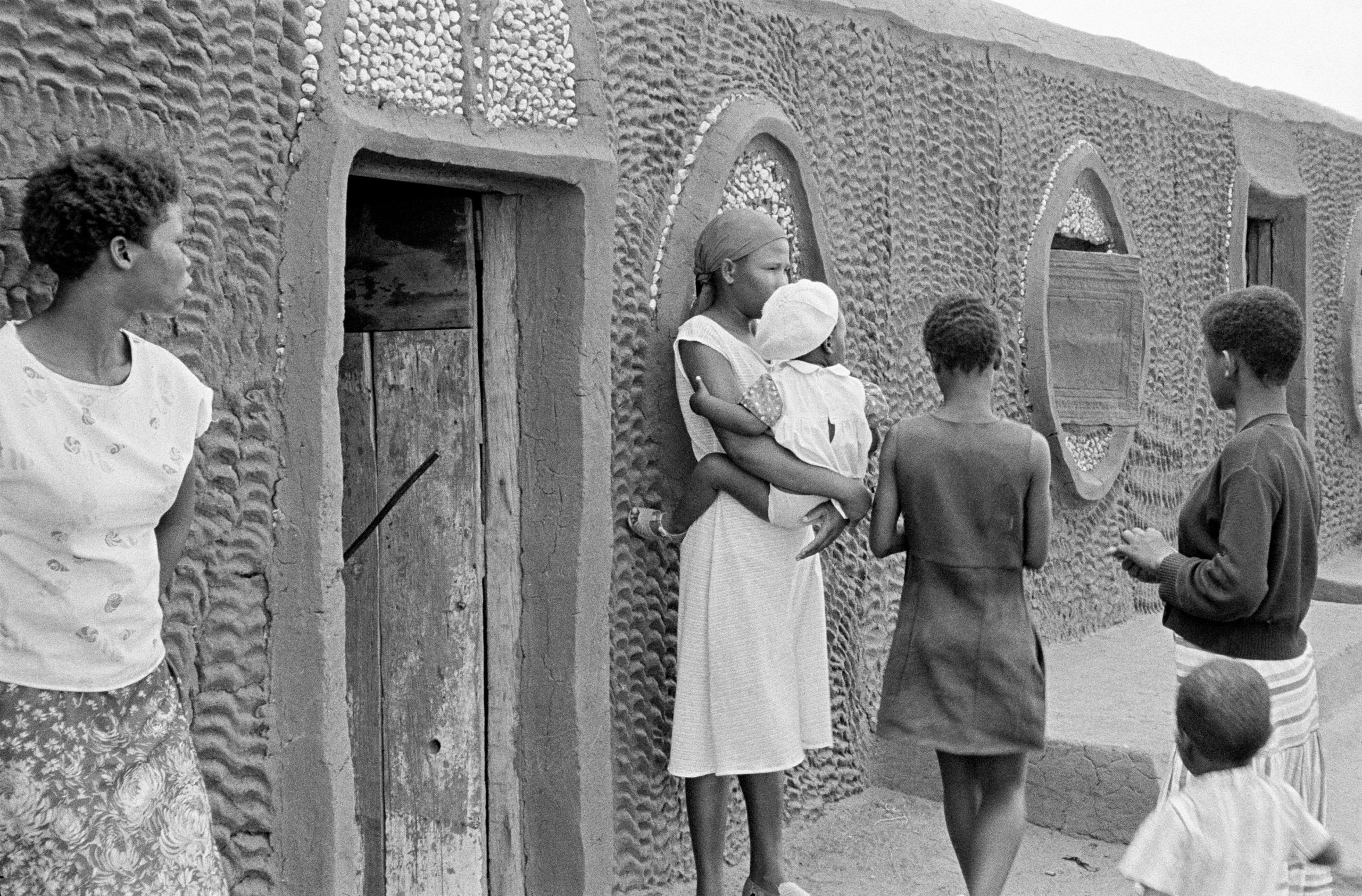(THIS ARTICLE IS MACHINE TRANSLATED by Google from Norwegian)
In November last year I participated in the judging of Aperture's annual Photobook Awards under the Paris Photo. We were to announce the winner of this year's photo book, and one of the books we should consider was Stories av Santu Mofokeng. His latest book – or rather books, then Stories constitutes 21 booklets – was collected in a box.

Browsing through his photo essays depicting the time during and after the apartheid regime was a powerful and moving experience. The book was published last year, as it was 25 years since Nelson Mandela was elected president of South Africa.
Mofokeng, who was born and raised in Soweto, poetically portrayed the existence of the people who lived in opposition to the regime. He began as an assistant in the darkroom of several newspapers before becoming part of Afrapix, a photography collective established to combat apartheid. He also worked for a long time as a documentary photographer for the African Studies Institute at the Wits University in Johannesburg, but then embarked on an independent artist career.

Rolling churches and beauty
Each booklet i Stories contains a photo essay and is the result of a long-standing collaboration between Mofokeng, curator Joshua Chang, designer Lunetta Bartz and Gerhard Steidl, whose publishing company publishes the publications. They also worked together on the retrospective exhibition – with the same name as the book – that could be experienced at the FOAM Amsterdam photography museum last year. By dividing the photo essays into different booklets, each story is given proper attention – which could have disappeared if everything were collected in one large book. Take, for example, one of his most famous series, Train Church, which was photographed within a few weeks on the train from Soweto to Johannesburg in 1986. In one of the pictures we see a crowded train where people cling to the outside. In another we see two women sitting in a compartment clapping and singing. We are on the tour. Mofokeng writes in the book that commuters used the trip for prayer and gospel songs. Several used train walls as drums to accompany. The stuffy trains turned into rolling churches.
According to Mofokeng, holocaust and apartheid are the two worst phenomena of the last century.
In the booklet Politics the photographer portrays a series of hefty demonstrations. Here is a strong portrait of a man wearing a T-shirt with the inscription "We will not live as slaves / Rather we will die fighting". The booklet is frustrating to browse; this is a shameful time in our near history. However, the latest picture in the booklet gives hope, with Nelson Mandela giving a speech in front of a full stadium. Mofokeng has also dedicated a small booklet to Robben Island. He writes that he had to see the island where Mandela had been imprisoned, and was shocked at the plans to create a nature reserve there. As if they wanted to erase the history of the place.

I Billboards he describes how the South African Nationalist Party used large billboards to spread its ideology: "I read somewhere that advertising creates a sense of participating in the utopia of beauty – life as it should be." A drive from the city into Soweto will quickly kick your legs away from this notion. His image of a homeless man rolling his belongings in a carriage under a large advertising poster with the writing "Democracy is forever" is a sharp comment. The picture was taken in 2004, in a democracy that was very new and fragile.
Holocaust and apartheid
Trauma explores historical sites, such as Auschwitz i Poland. Mofokeng does not think it is an exaggeration to the Holocaust and apartheid are the two worst phenomena of the last century. In his comparison of these we are reminded that the British pioneers used concentration camps during the war in South Africa between 1899 and 1902.

Mofokeng went from exploring religious rituals and everyday life in ghettos to landscapes as important motifs in his artistry. Much of the homeland was long unavailable to anyone other than white people. For several years, he took a camera on trips to reclaim his own land. Landscape is, according to him, about identity, and about being proud to be a South African – despite the country's history.
Inspired by other artists

Mofokeng's work has inspired several South African contemporary artists. Among others Thank you Glory, whose work can currently be seen in the group exhibition Alpha Crucis – Contemporary African Art at Astrup Fearnley. Kganye's photographs and installations provide an inventive look at her own family history – but also the history of South Africa. Her work is playful and at the same time politically relevant. Kganye has on several occasions stated that Mofokeng's work has been important to her.
It may have been for another South African, Zanele Muholi. She calls herself an image activist instead of an artist, and Muholi's work often addresses prejudices around lesbians and transgender people. Her self-portrait series, Somnyama Ngonyama, Hail the Dark Lioness was shown during the Venice Biennial last year. It is an ongoing work that is about being proud of its complexion. Both Kganye's and Muholi's work draw back lines to Mofokeng's continuous exploration of South African identity.
Books:
Santu Mofokeng: Stories (Steidl publishing house)
Alpha Crucis – African contemporary art
Zanele Muholi: Hail the Dark Lioness






